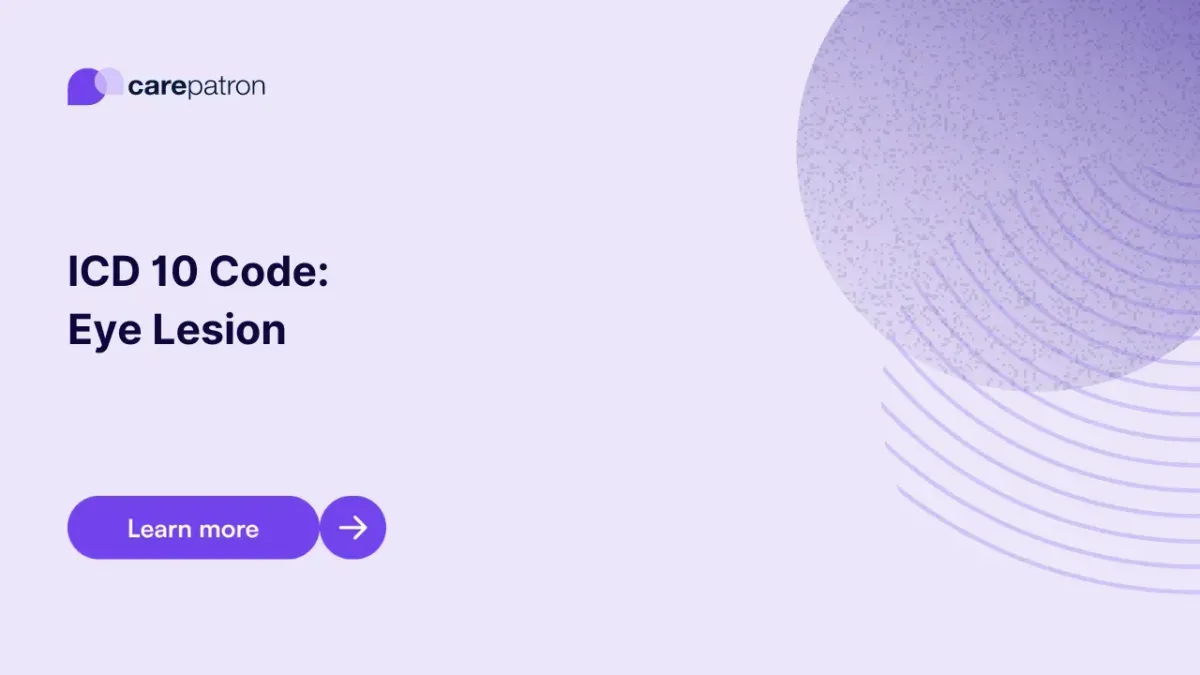
Eye Lesion ICD-10-CM Codes
Use this short guide to help identify the correct ICD-10-CM codes for documenting and billing eye lesions.
Use Code
EHR and practice management software
Get started for free
*No credit card required
Free
$0/usd
Unlimited clients
Telehealth
1GB of storage
Client portal text
Automated billing and online payments
